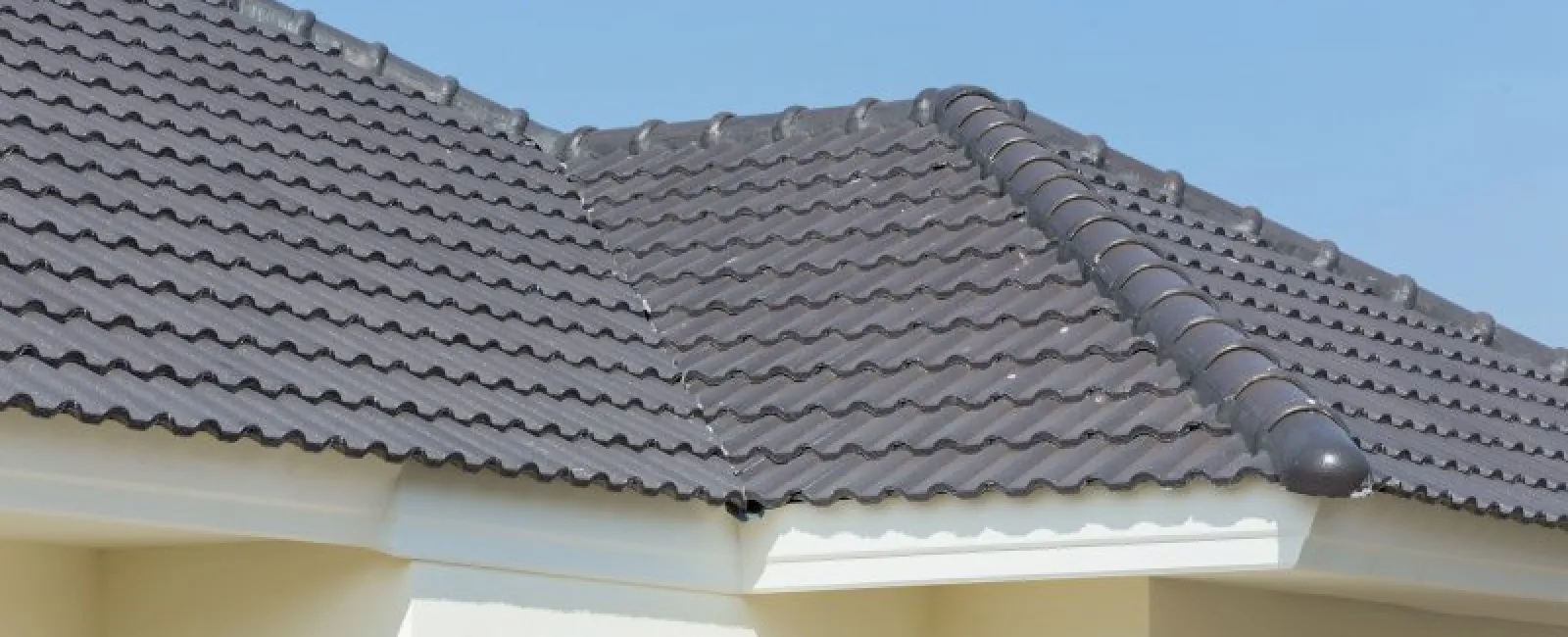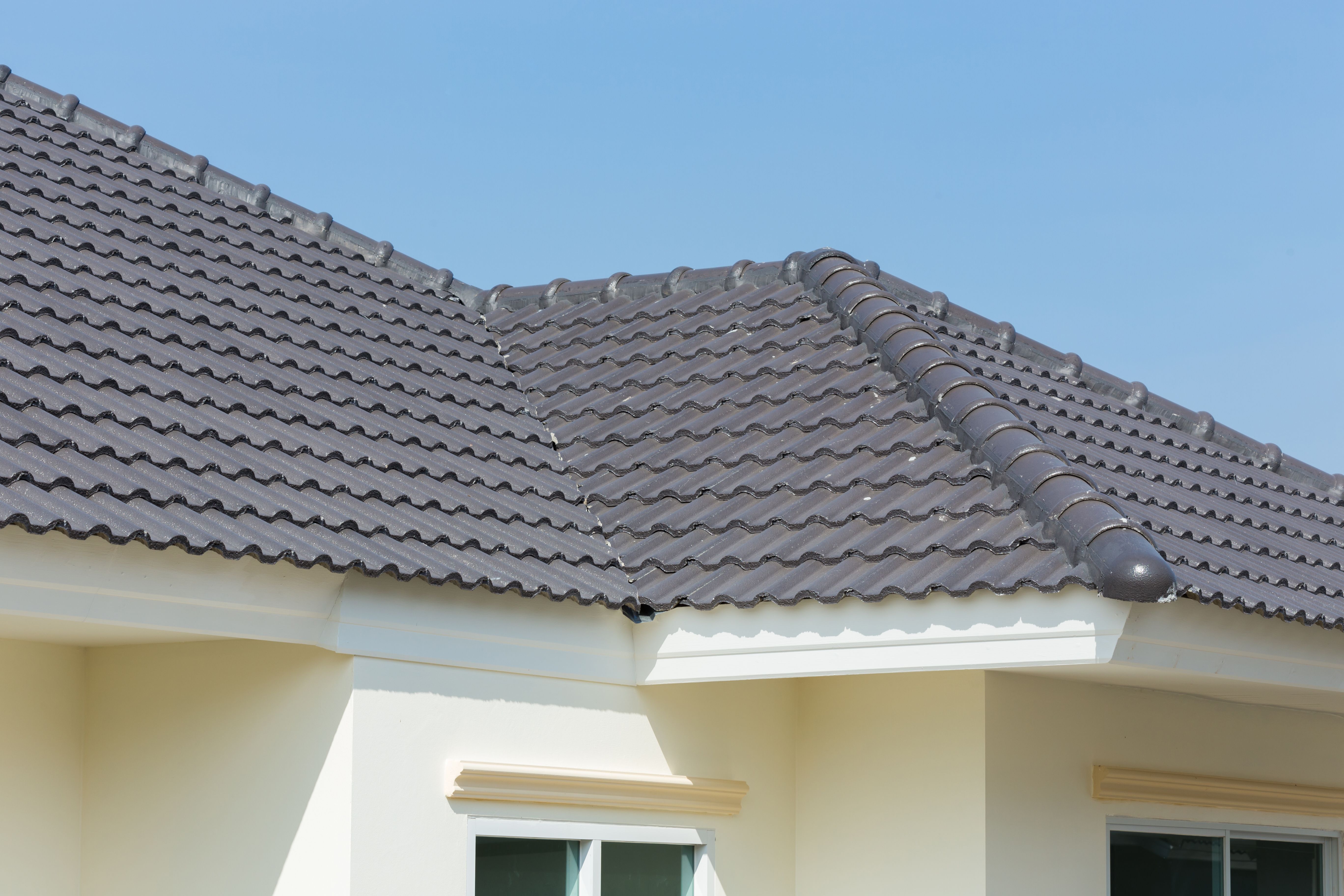Over the winter, your roof can take a beating. With snow, ice, wind, and freezing temperatures, it’s not uncommon for roofing to become damaged. Broken shingles and damaged gutters can lead to more significant problems like leaks and pest infestations. Use the tips below to avoid this type of harm and get your roof ready for the summer.
Inspection
The very first thing you should do to prepare your roof for the warm weather is to inspect it. Look for signs of damage or anything out of the ordinary. This could include missing shingles, exposed nails, wavy flashing, detached gutters, and more. All of these problems are easily fixable. If you do not feel comfortable inspecting the roof on your own, hire a professional roofing company to perform the inspection for you. This way, you will know for sure whether or not your roof needs any work completed.
Clean the Gutters
Clogged gutters can mean trouble when the first rainfall of the season hits. When your gutters are full of leaves and debris, the water cannot flow through them and away from the home. This can lead to leaks and flooding in the basement. Summer is the perfect time of year to clean out the gutters and drain spouts. You may also want to clean any branches and debris off the roof, too. This will prevent your gutters from quickly clogging again.
HVAC Maintenance
You should also get your HVAC system serviced. Clean or change the filters on the air conditioner regularly to prevent condensation from entering your home. This also reduces humidity in the air and boosts the air quality. Failing to do so means there will be excess moisture in your home. Eventually, this moisture can damage the roof and lead to mold growth. Avoid these problems down the line by performing HVAC maintenance now.
Coat Rusted Panels, Roof, and Conduit Lines
The sun’s UV rays can harm your roofing materials causing them to break down over time. Applying an aluminum cover will protect the roof and lengthen its lifespan. When applied correctly, the rays will merely bounce off, preventing damage to the roof.
Trim Surrounding Foliage
Taking this simple step can help protect your roof in more ways than one. By trimming back branches, you can prevent your gutters from becoming clogged. Additionally, you can avoid any damage that could be caused by falling or torn branches. This is an especially important step if you live in an area where storms are common. Hurricanes often cause tree branches to break and fall, sometimes right through your roof. By taking the time to trim overhanging branches, you can stop potential storm damage from affecting your roof. Focus your trimming efforts on branches that are diseased, dead, or hanging dangerously close to the home.
Insulation
You should also pay attention to what’s under your roof; the insulation. Having proper insulation helps the home to maintain a comfortable temperature and keeps your cooling costs low during the hot summer days. If it is not already insulated, hire a professional to install insulation in your attic.





